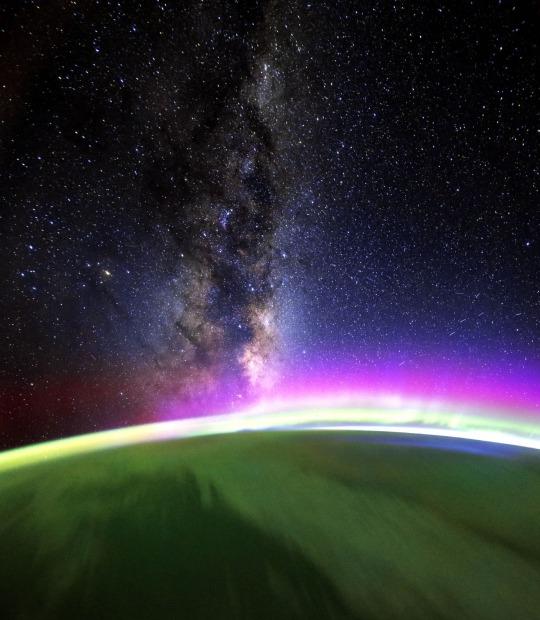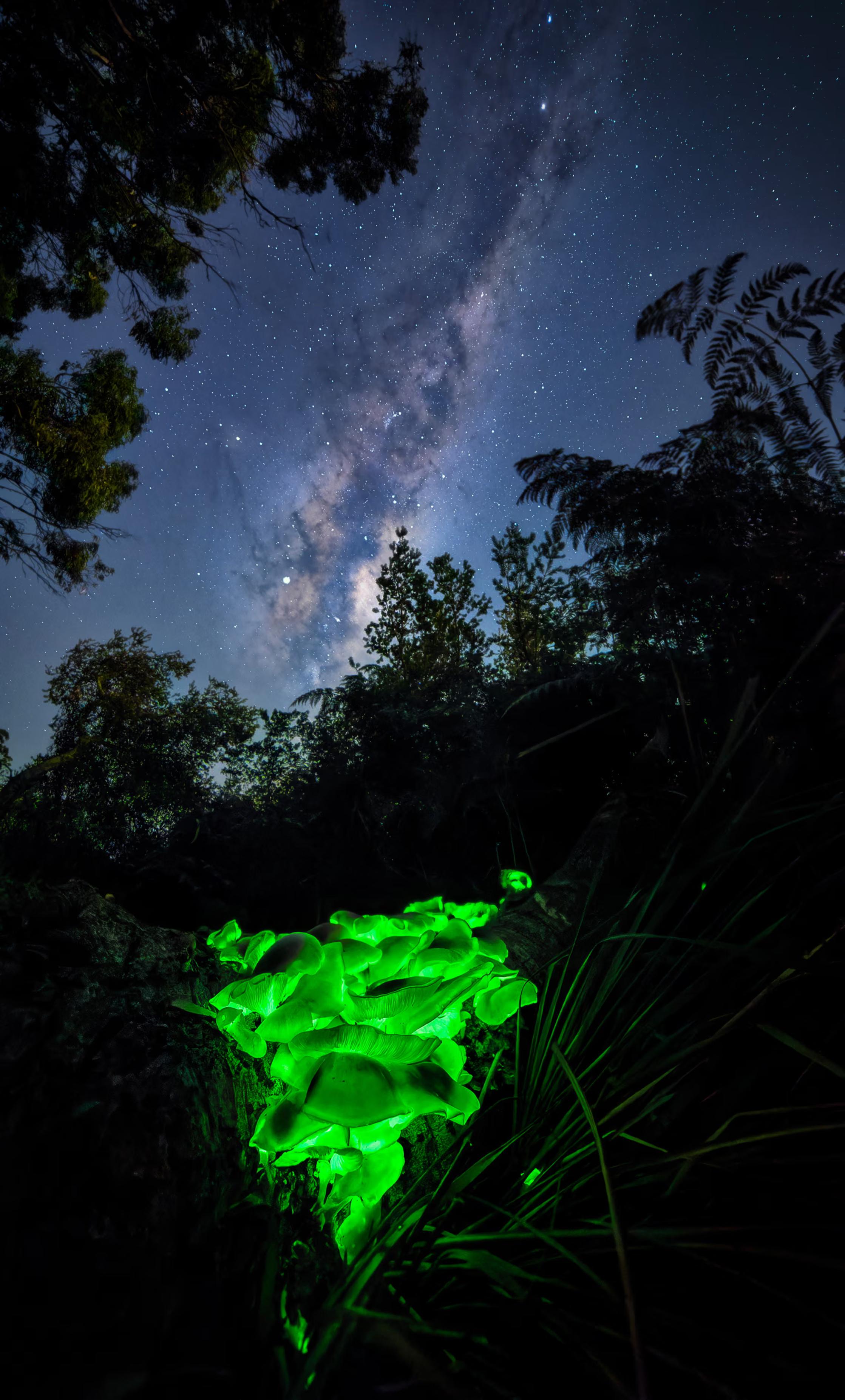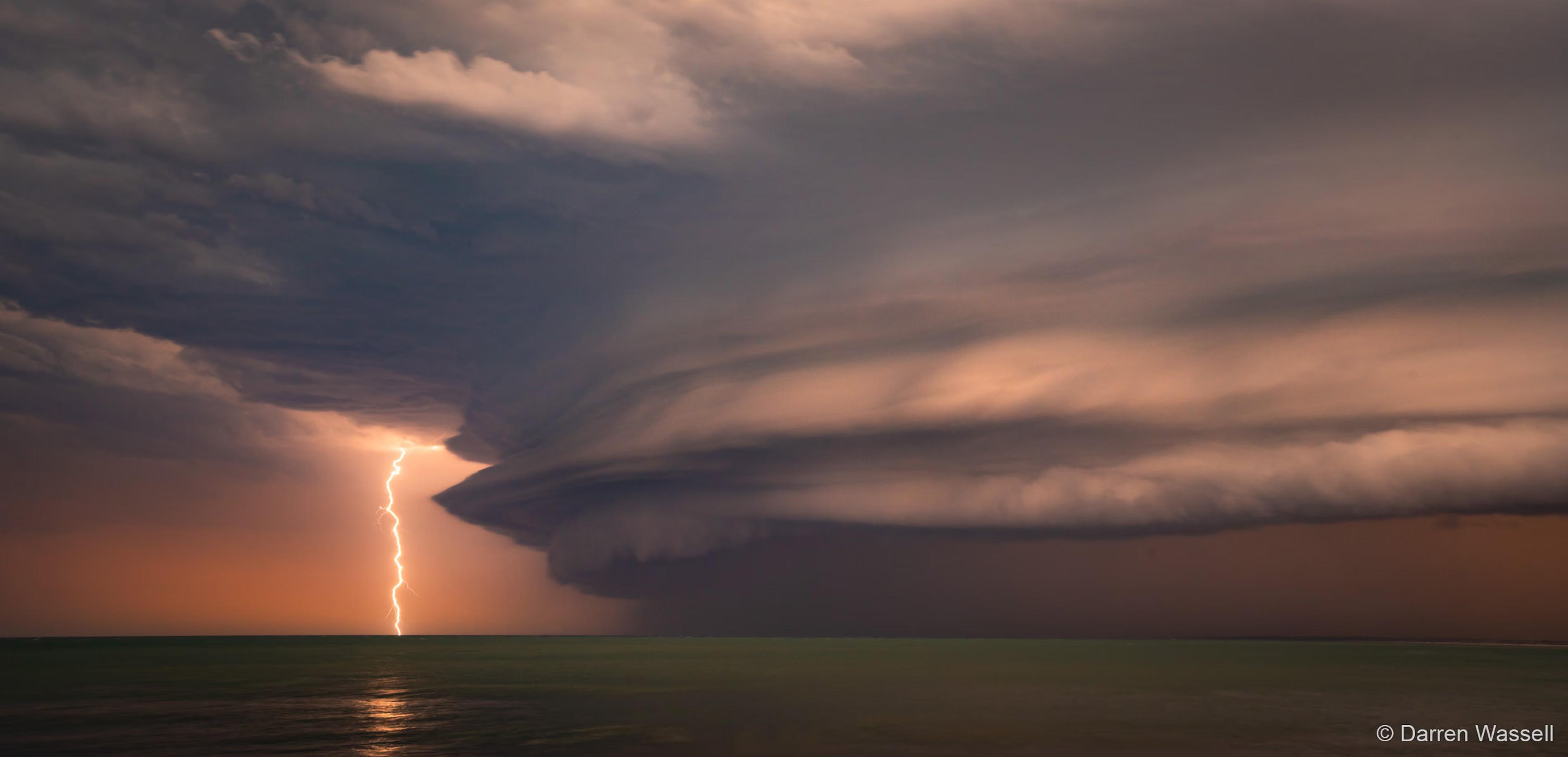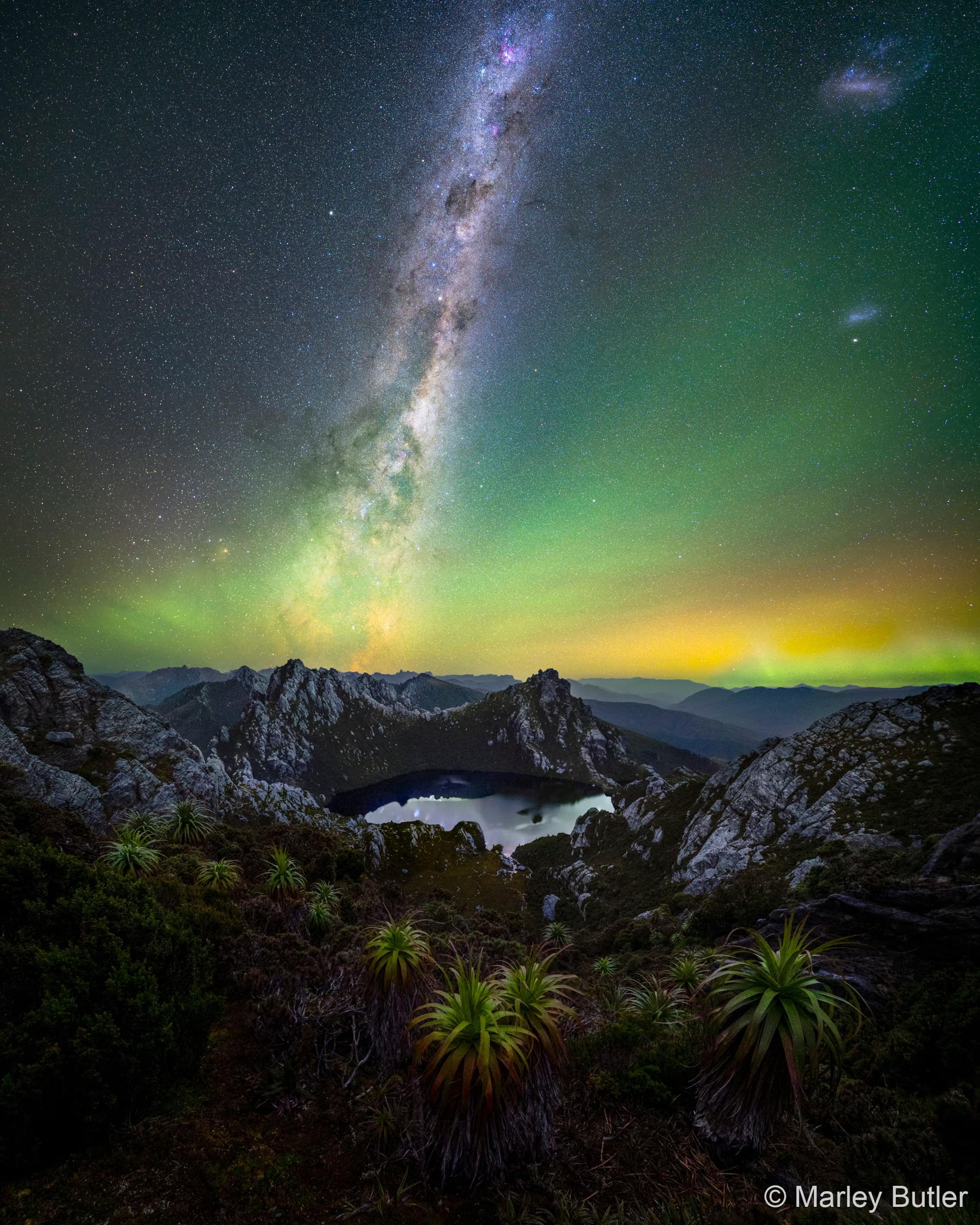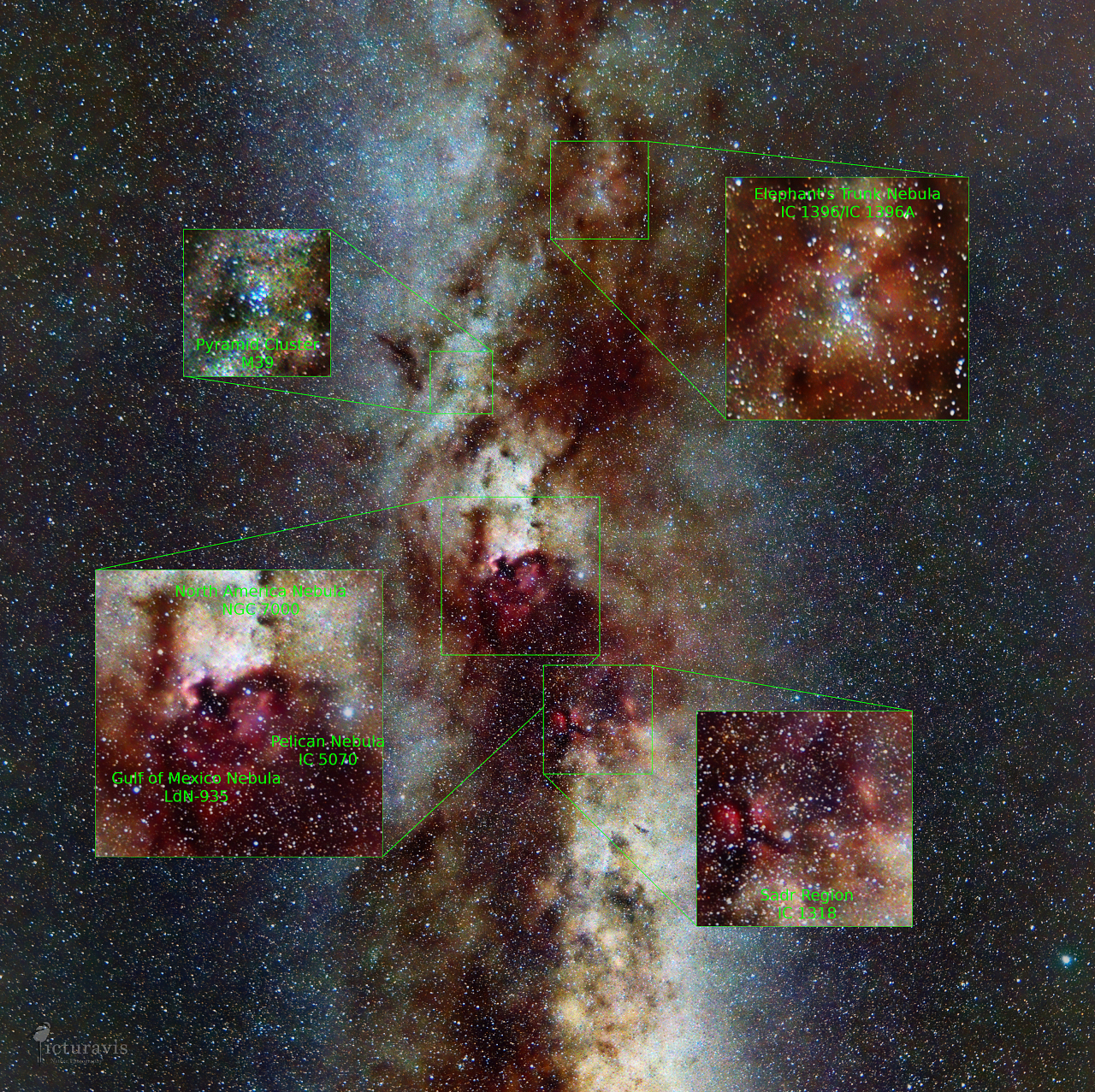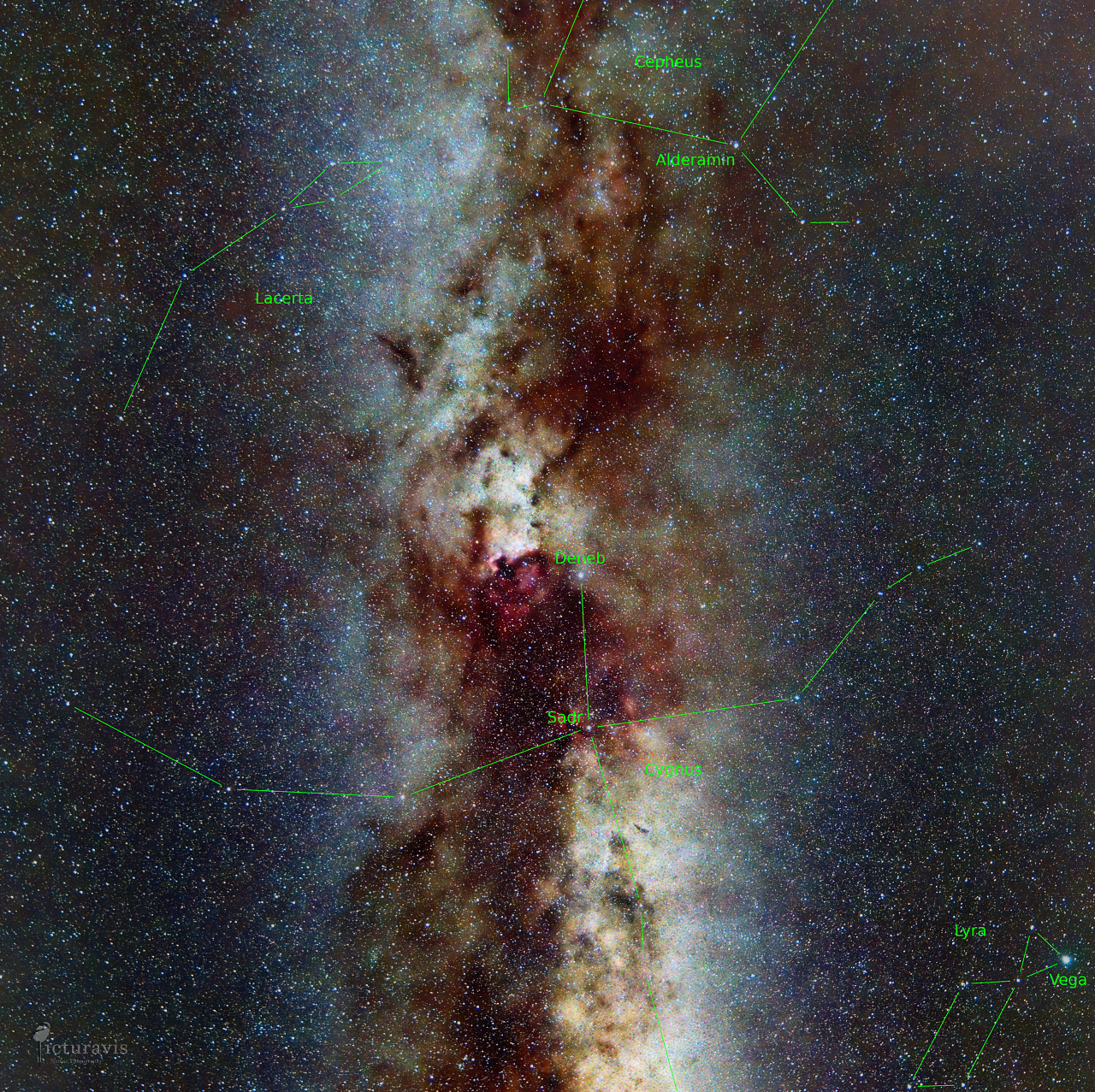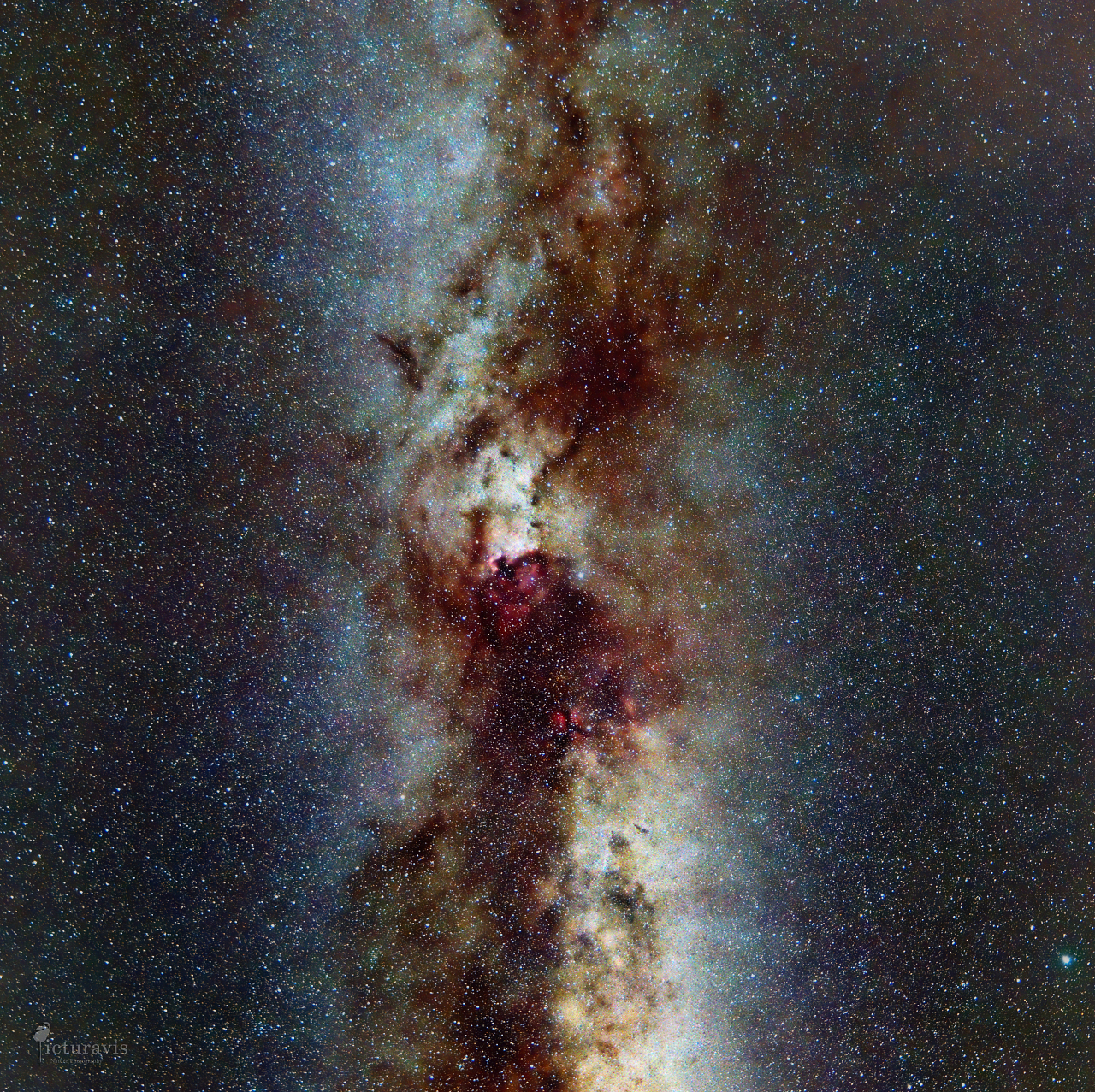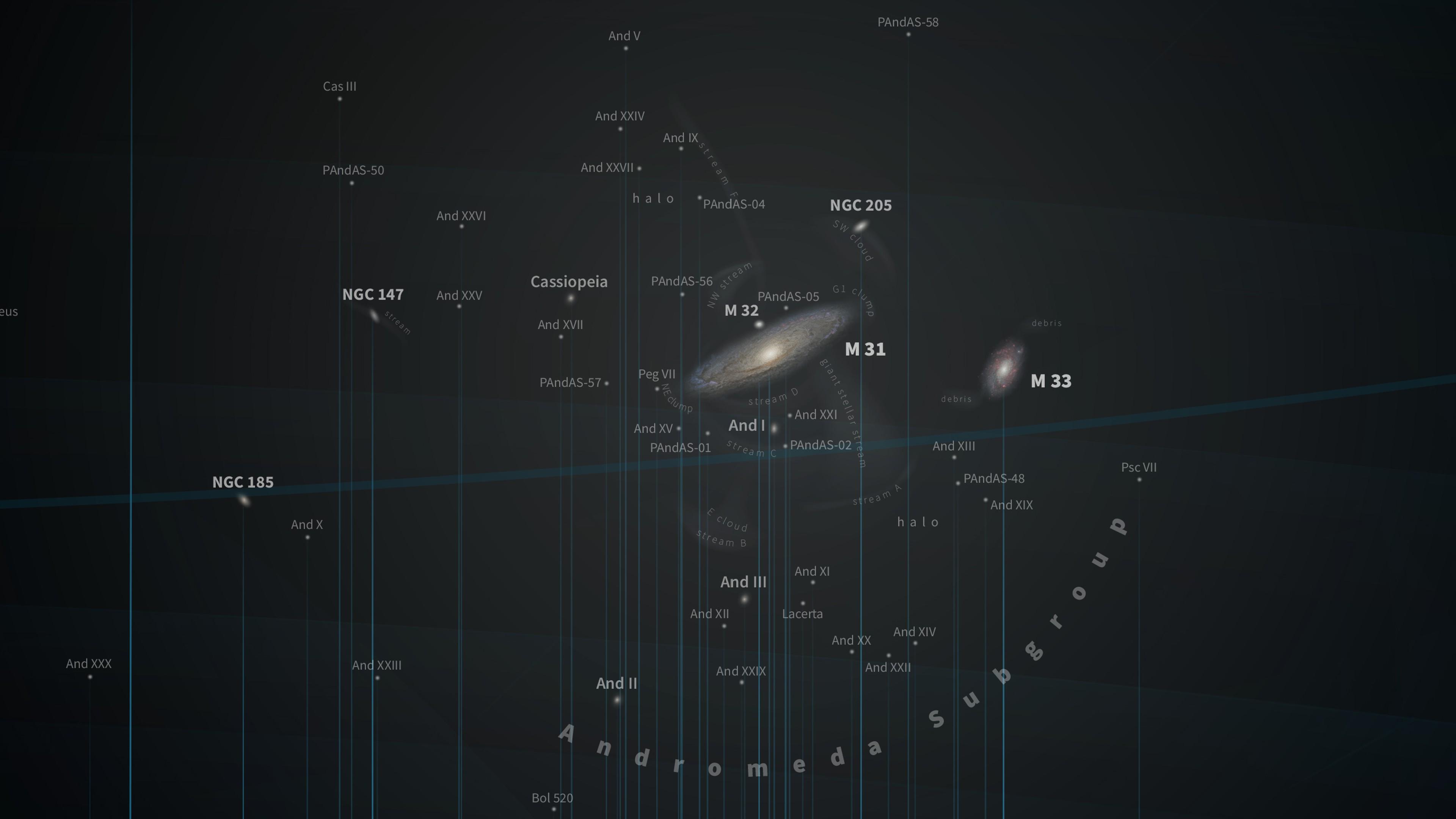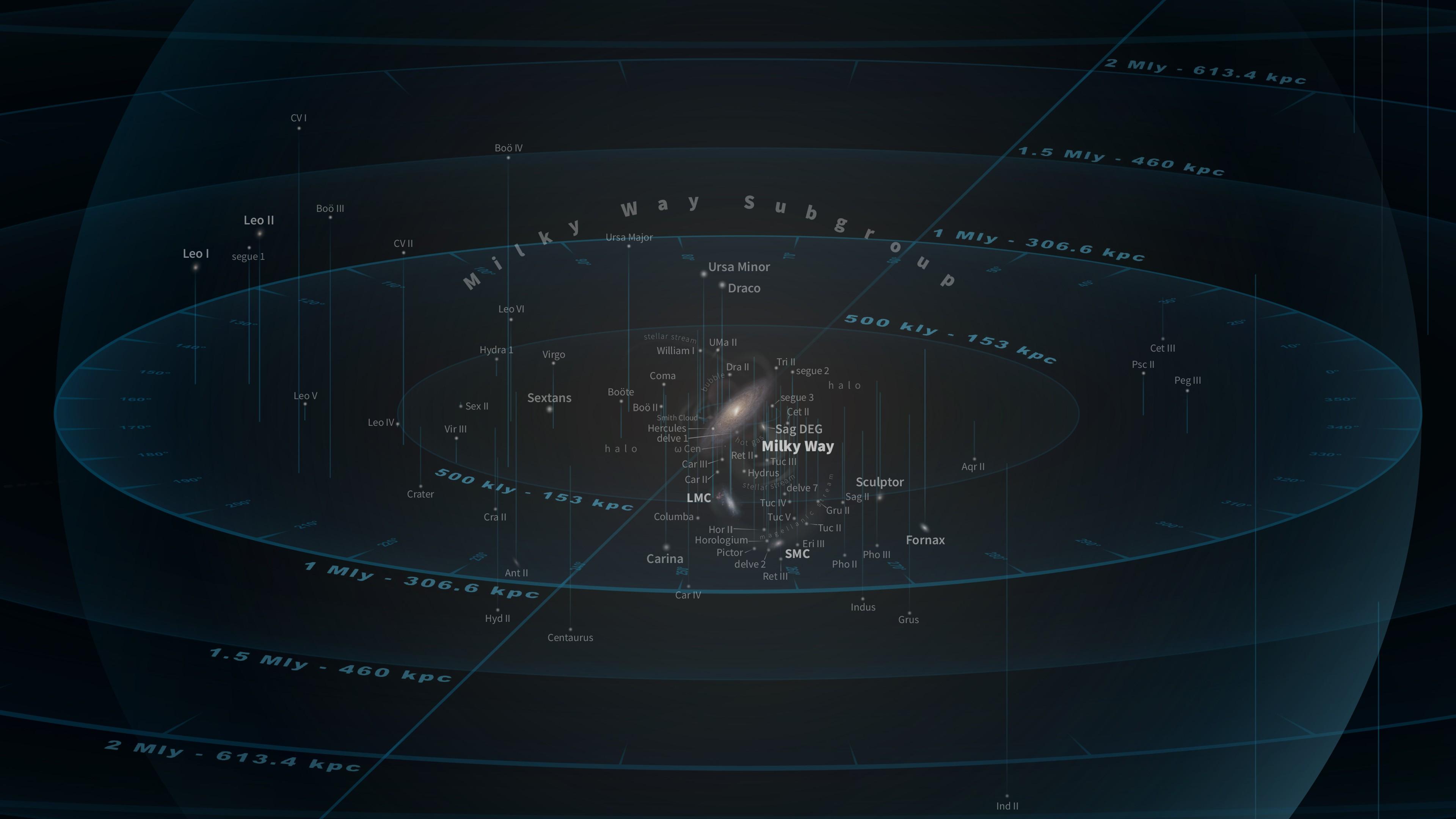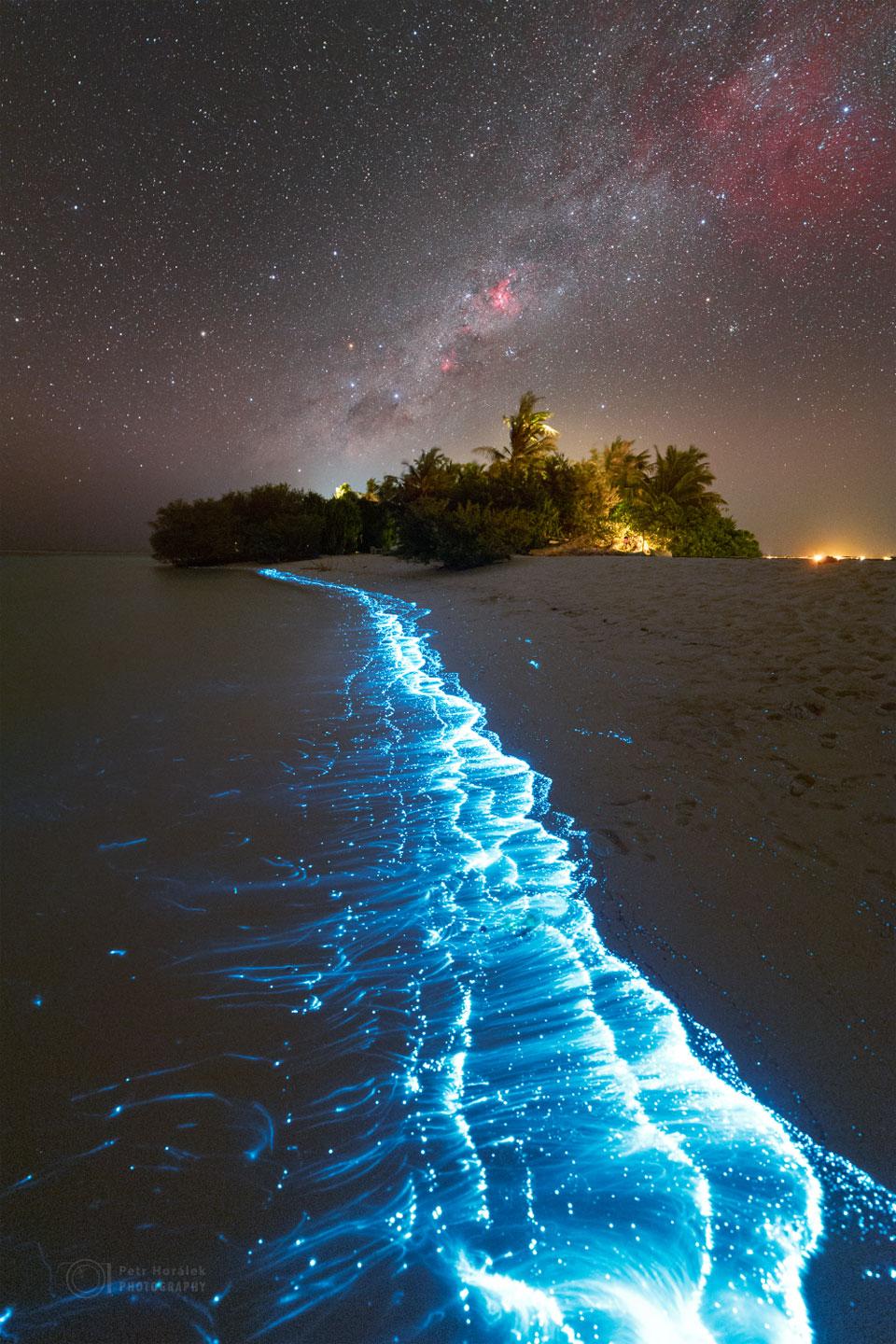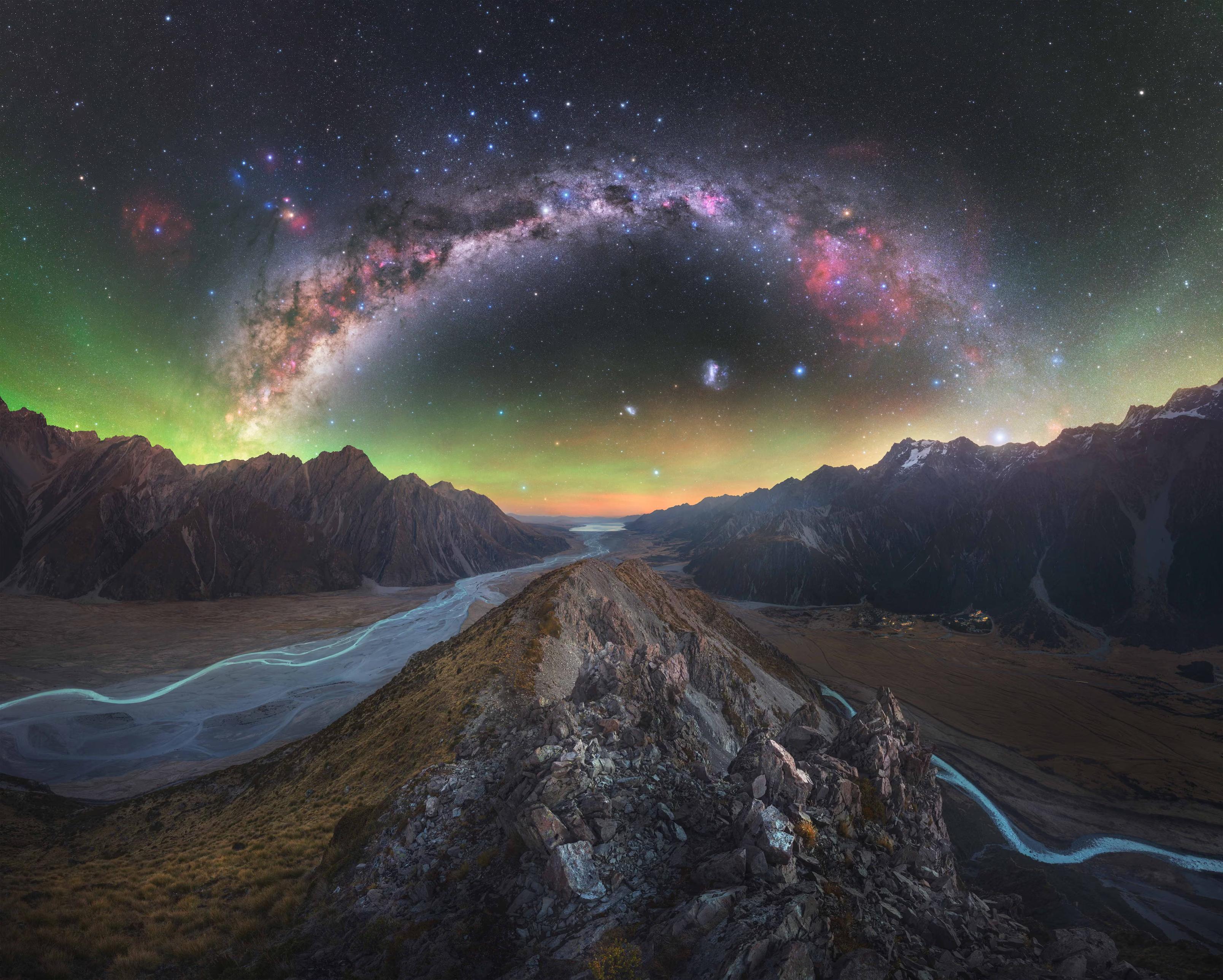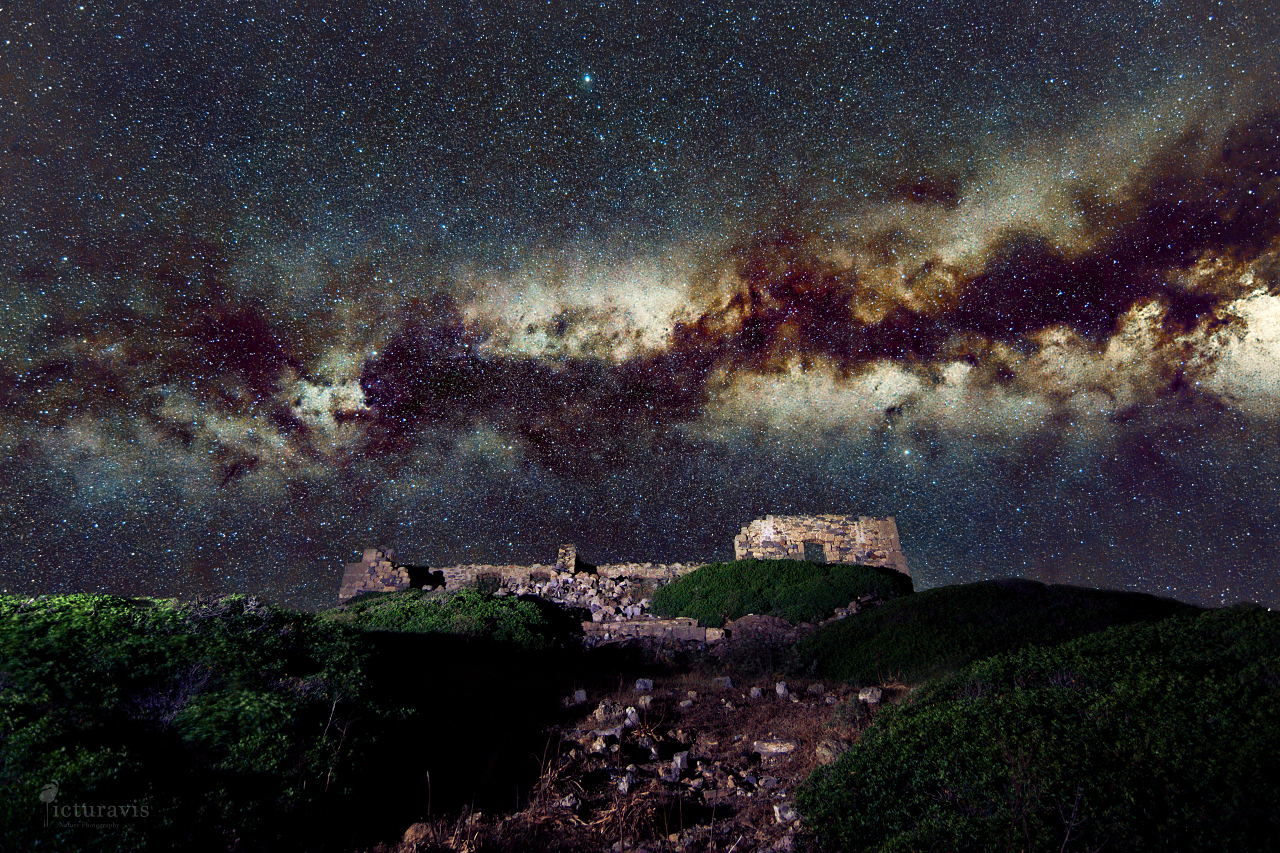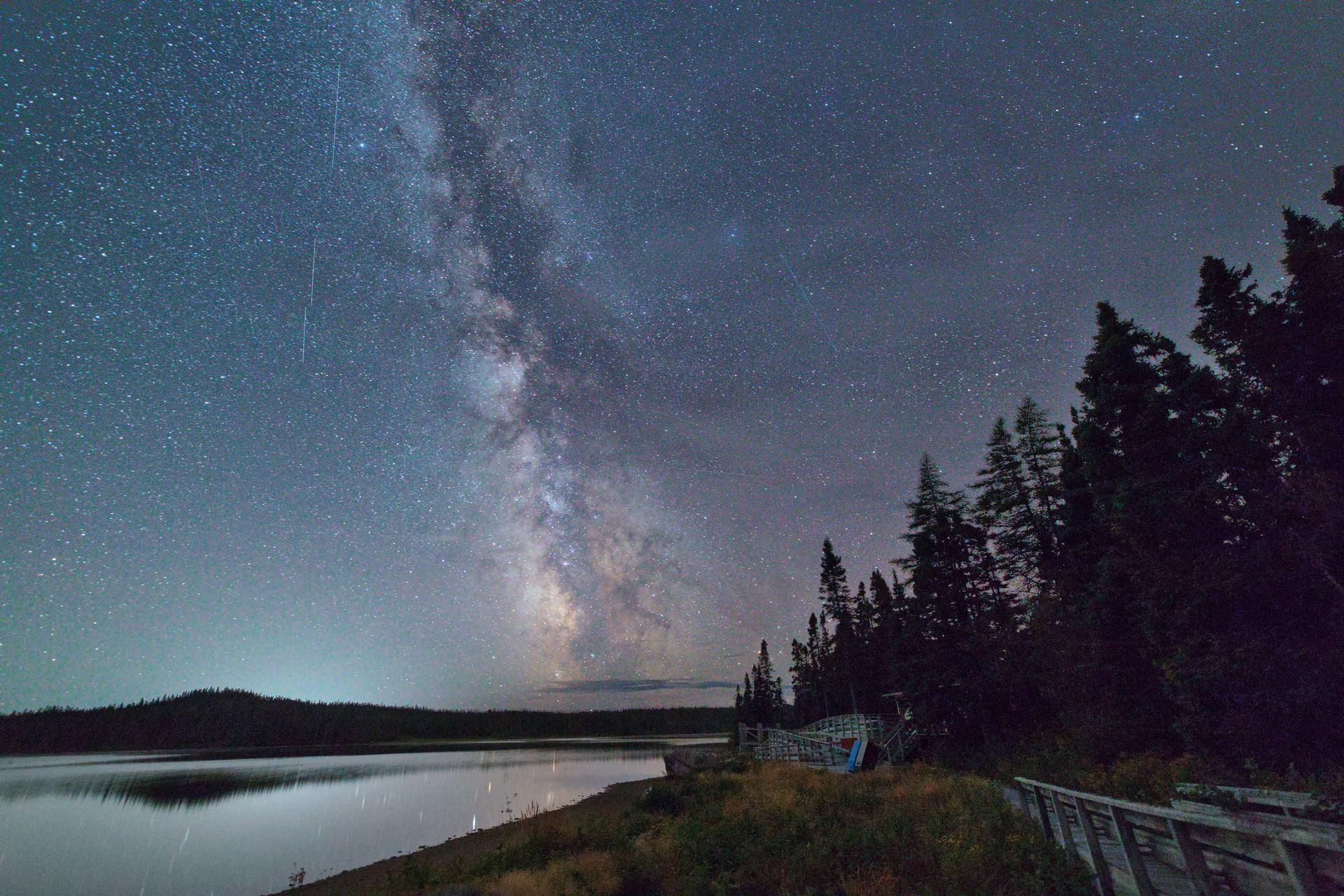Lost in Space.
A wide field view of the autumn Milky Way from the tail end of Cygnus on the left, to Perseus on the right.
With so many stars captured in this photo, it's hard to see familiar constellations. But you can see the Andromeda galaxy as a small oval near the upper edge of the frame. (Dark, indistinct silhouettes along the lower left edge of the frame are the shadows of a couple trees.)
The second graphic is a sky simulation from planetarium software. The red wire frame box shows the coverage of the photo in the context of a very large portion of the sky.
#NewMexico #Photography #Astrophotography #MilkyWay #Cygnus #Perseus #Astronomy #Cassiopeia #Andromeda



